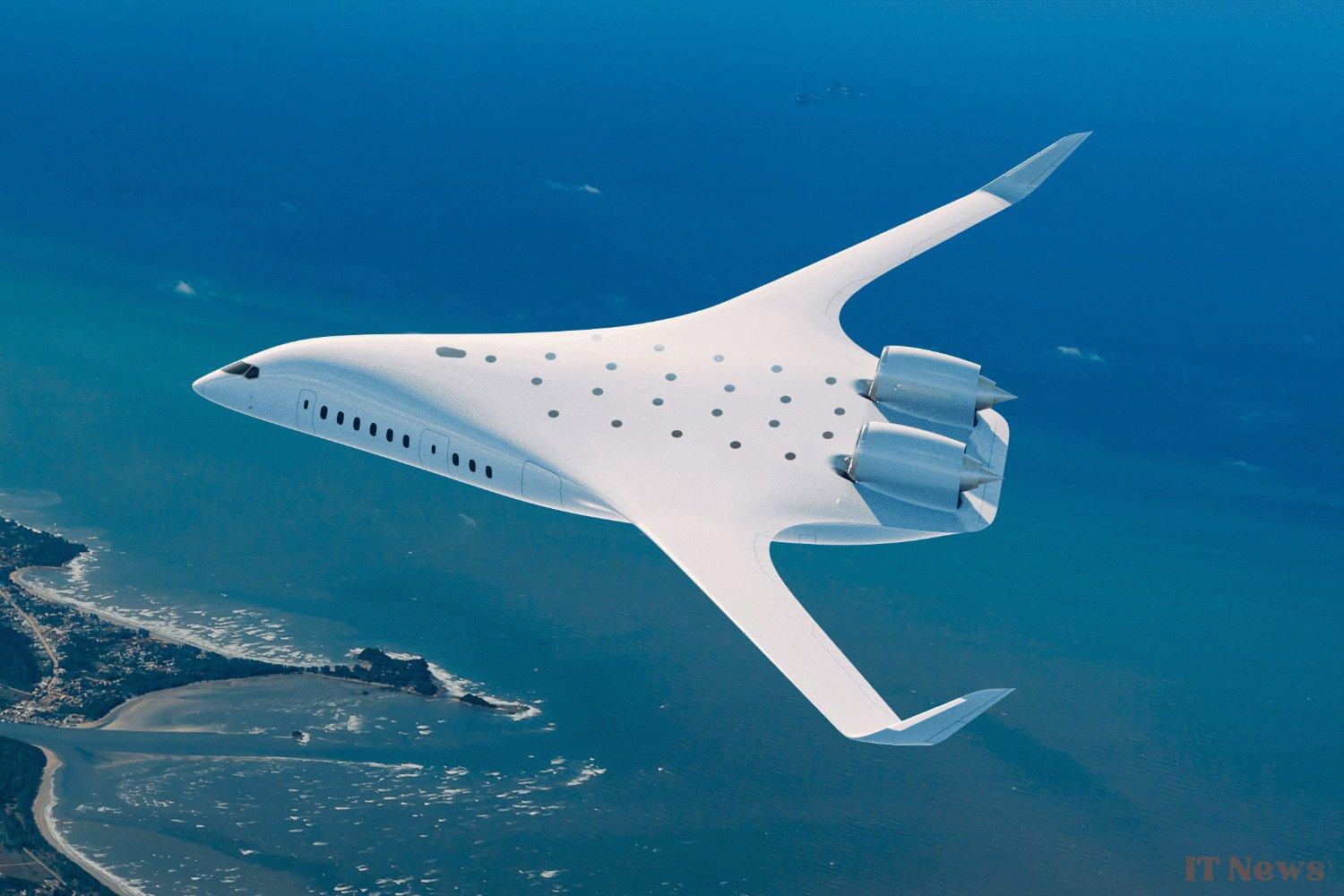Supported by NASA, the FAA, and the US Air Force, California-based startup JetZero has just secured a new investment from United Airlines. On this occasion, the company announced an option to purchase up to 200 "Z4" aircraft, the same model that is scheduled to perform its first test flight in two years, in 2027.
The airline has made it a condition that JetZero complete its first test flight on time, in order to demonstrate the firm's ability to fly an aircraft with such an innovative design. On paper, it has everything going for it, with a reduction of around 50% in fuel consumption "per passenger per nautical mile" compared to a similar aircraft.
The aircraft's wider fuselage should allow it to carry 250 passengers. On board, the experience should be more pleasant, with more space, both for seats and for the aisles. The lavatories could also be larger and allow better access for people with disabilities. With engines located above the wings and not below, the integrated fuselage should also reduce the noise perceived at cabin.
Drastic reduction in access to windows
At traditional aircraft manufacturers like Airbus, the idea is also gaining ground, with teams at the Airbus Summit in Toulouse in March 2025 presenting different ideas for the aircraft of tomorrow, including the possibility of moving to an integrated fuselage format. However, the aircraft manufacturer highlighted the issue of comfort with the loss of access to windows for most passengers. One idea for United Airlines and other companies would be to offer fake windows, simulating light and the view outside through screens.
For the US Air Force, the aircraft architecture developed by JetZero will have a completely different interest, in the cargo and refueling market. These two sectors represent 60% of the Air Force's fuel consumption, which would like to take advantage of the 50% reduction proposed by the startup.



0 Comments